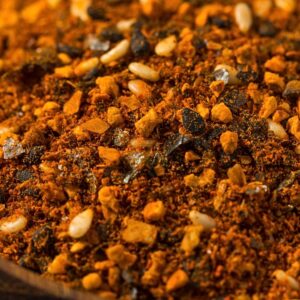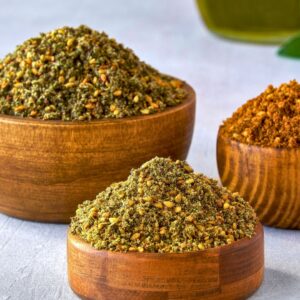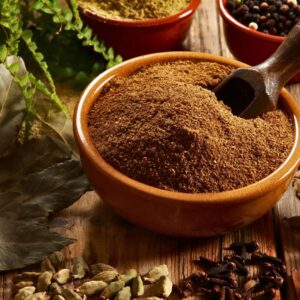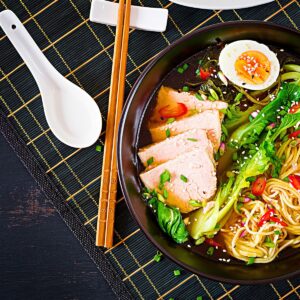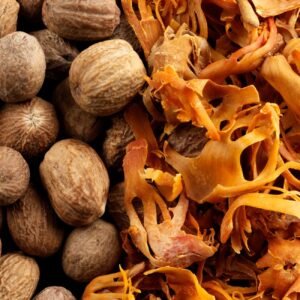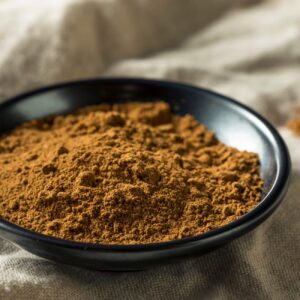Spices have been an integral part of human culinary history, adding depth, aroma, and character to dishes from various cultures. Their enchanting flavors have intrigued taste buds for centuries, but have you ever wondered what lies behind their alluring tastes and aromas? The answer lies in flavor chemistry, where chemical compounds play a fascinating role in determining the unique essence of each spice.
Chemical Compounds in Spices
At the core of each spice’s distinct flavor and aroma are various chemical compounds, and it is the combination of these compounds that creates their unique profiles. The primary compounds found in spices are terpenes, phenols, alkaloids, and essential oils. Let’s delve into each category and see how they contribute to the taste and aroma of some common spices and spice blends.
Terpenes
Terpenes are aromatic compounds that give spices their characteristic fragrances. For example, the terpene limonene imparts the citrusy aroma in lemon and lime peels, while pinene is responsible for the piney scent in rosemary and pine nuts. Terpenes are found in abundance in spices like cinnamon, cloves, and basil, to name a few.
Phenols
Phenols are compounds known for their intense and spicy flavors. Eugenol, a phenol found in cloves, contributes to their warm and sweet flavor. Similarly, thymol in thyme and eugenol in nutmeg lend their unique and aromatic tastes to various dishes.
Alkaloids
Alkaloids are nitrogen-containing compounds that often have a bitter taste. Capsaicin, the alkaloid in chili peppers, is responsible for the intense heat that tingles our taste buds. In contrast, piperine, found in black pepper, creates a pungent and peppery flavor that enhances a wide range of dishes.
Essential Oils
Essential oils are volatile compounds that contribute significantly to the aromatic profiles of spices. For instance, the essential oil eucalyptol gives eucalyptus its fresh and minty scent, while cinnamaldehyde imparts the sweet and warm aroma to cinnamon.
The Maillard Reaction: The Magic of Browning
Apart from these chemical compounds, the Maillard reaction plays a pivotal role in the flavor development of spices when heated. This complex chemical reaction occurs between amino acids and reducing sugars, creating a vast array of flavors and aromas. When spices are toasted, roasted, or sautéed, the Maillard reaction intensifies their flavors.
Synergistic Blends: The Secret to Spice Mixtures
The world of spices becomes even more intriguing when we consider how their flavors synergize when blended together. Spice blends and mixtures like curry powder, garam masala, and Chinese five-spice are created by combining different spices to enhance their overall impact on the palate. The interaction between the chemical compounds in each spice creates harmonious and multi-dimensional flavors that elevate dishes to new heights.
Understanding the flavor chemistry behind spices not only enriches our appreciation for the culinary arts but also allows us to experiment and create delightful and innovative dishes. So, the next time you savor the flavors of your favorite spices, remember that there is a fascinating scientific symphony of compounds at play, making each bite a delightful experience.




